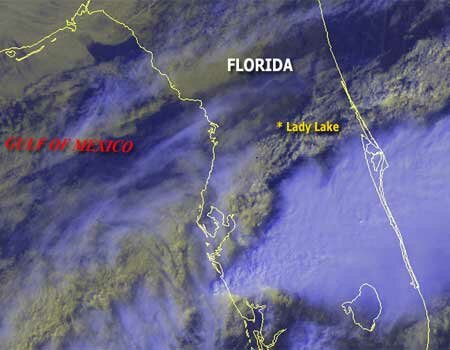Upcoming La Nina Could Mean a Strong Hurricane Season
Monday, March 5th, 2007The Weather Service is hinting that we may be moving into La Nina conditions as spring moves into summer. In a press release, the agency says the warm sea surface temperatures that characterize El Nino conditions are rapidly decreasing, and that cooler waters in the eastern Pacific are a sign of an upcoming La Nina episode.
If indeed we move into a La Nina cycle, the effect is likely to be a more active than normal Atlantic hurricane season this summer. Should the cool ocean temperatures persist, it could mean a warm and dry winter season next year in the Southeast. Other than the chance of increased hurricane activity, La Nina cycles don’t provide much influence on temperatures or precipitation in the summer in the Southeast.
Meanwhile, if it seems like it’s gotten a bit cooler than it has been, you are right. Last week’s temperatures were above normal, which makes the effect more apparent, but the overall weather pattern right now is similar to what we saw in early February. Of course, the increased daylight limits the cold air’s push into the south — in fact, aside from some cool nights, most of the weather effects will be north of the mid-Atlantic states. It should be warming up again soon, with expected above normal temperatures for most of next week.
Sphere: Related Content


